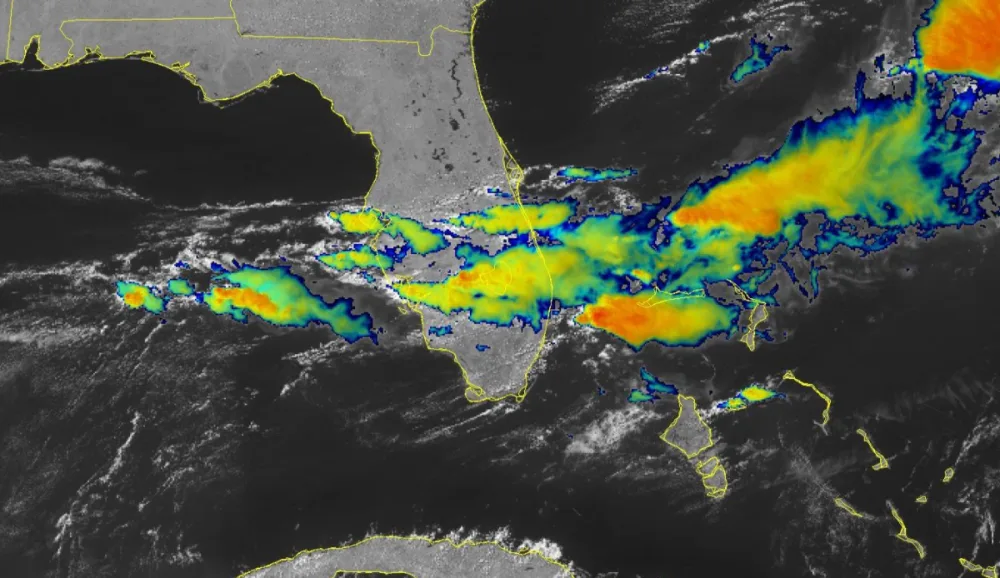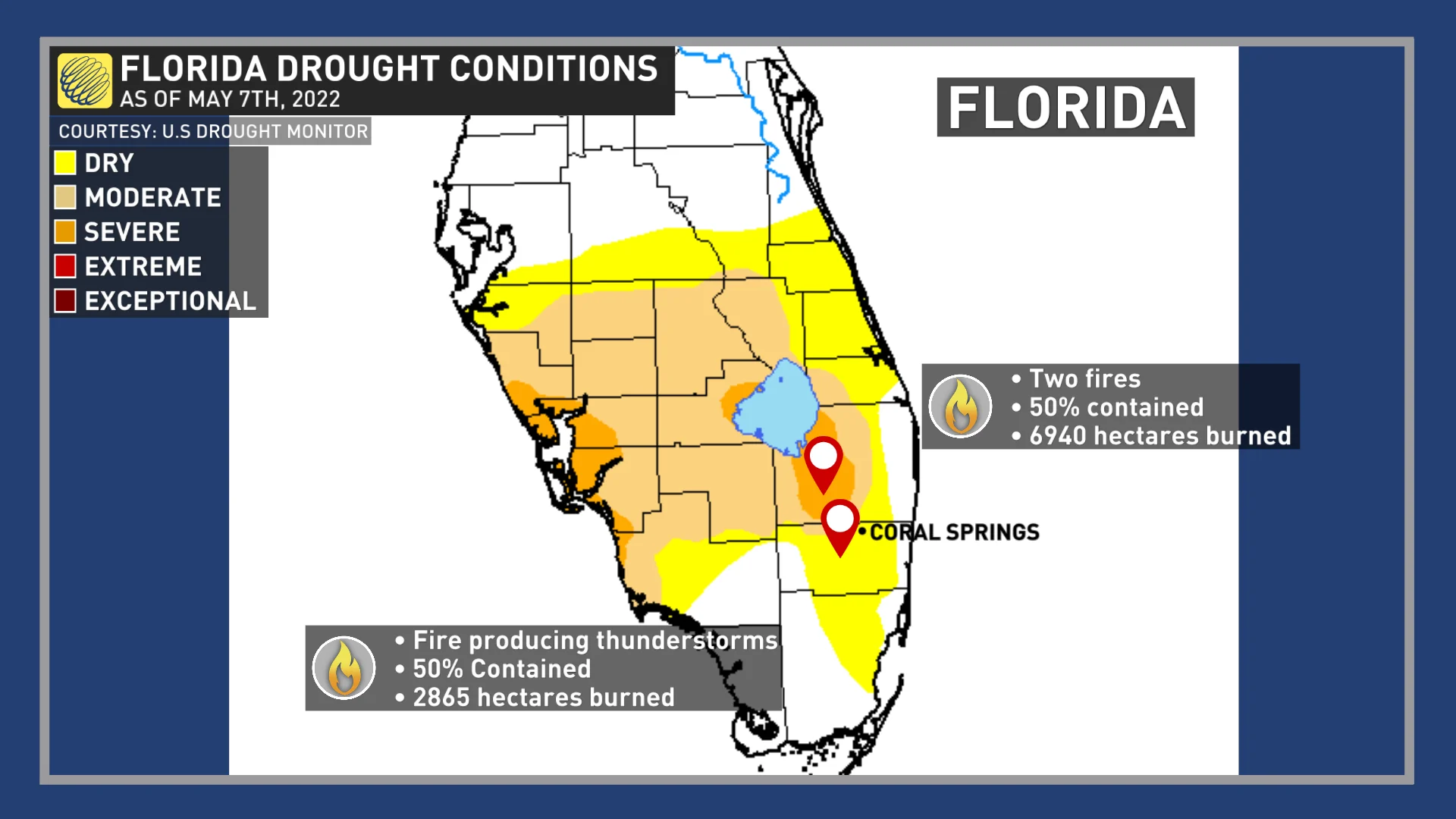
This intense wildfire spawned a powerful severe thunderstorm
A wildfire raging near Fort Lauderdale, Florida, triggered several severe thunderstorms that produced hail and waterspouts just offshore.
Thunderstorms often produce wildfires, but it’s not every day you see a wildfire produce a thunderstorm.
The heat of a spreading fire in southeastern Florida on Saturday spawned a batch of severe thunderstorms just offshore, prompting the U.S. National Weather Service to issue special marine warnings for boats in the area.
Forecasters warned that the thunderstorms were capable of producing waterspouts, gusty winds, and small hail.
Weather radar imagery on Saturday afternoon showed persistent wildfire smoke rising out of the eastern Everglades. Westerly winds carried the smoke and heated air offshore over the Atlantic Ocean, where the instability triggered numerous strong to severe thunderstorms.
Dry conditions and a continuing drought across southern Florida led to favourable conditions for multiple wildfires to grow this week.
Broward and Palm Beach Counties reported three major wildfires in the eastern Everglades. Combined, the blazes have consumed nearly 10,000 hectares of land, and state officials report that the fires are about 50 percent contained.

Strong wildfires often produce pyrocumulonimbus clouds downwind from the most intense flames. It’s not uncommon for these billowing updrafts to blossom into full-fledged thunderstorms, especially when conditions are marginally favourable for convection in the area.
A major wildfire on the Texas Panhandle in May 2018 spawned a severe thunderstorm that went on to produce large hail and damaging winds several dozen kilometres away.
Fire-induced thunderstorms don’t always produce precipitation. Lightning strikes from these dry thunderstorms can go on to spawn more wildfires—a situation we saw with the 2016 fires in Fort McMurray, Alberta, as well as the devastating wildfires in British Columbia this past summer.
Thumbnail courtesy of NOAA
